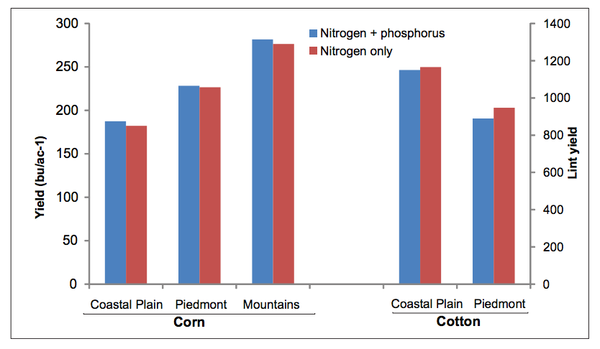
What Should I Be Doing in My Apiary This Month? June
Summer is here! Days are hot and long, the nectar flow is slowing down and just about done in …



Hoke County Center will be closed tomorrow, Fri 07/04/2025 for the holiday.
El inglés es el idioma de control de esta página. En la medida en que haya algún conflicto entre la traducción al inglés y la traducción, el inglés prevalece.
Al hacer clic en el enlace de traducción se activa un servicio de traducción gratuito para convertir la página al español. Al igual que con cualquier traducción por Internet, la conversión no es sensible al contexto y puede que no traduzca el texto en su significado original. NC State Extension no garantiza la exactitud del texto traducido. Por favor, tenga en cuenta que algunas aplicaciones y/o servicios pueden no funcionar como se espera cuando se traducen.
Inglês é o idioma de controle desta página. Na medida que haja algum conflito entre o texto original em Inglês e a tradução, o Inglês prevalece.
Ao clicar no link de tradução, um serviço gratuito de tradução será ativado para converter a página para o Português. Como em qualquer tradução pela internet, a conversão não é sensivel ao contexto e pode não ocorrer a tradução para o significado orginal. O serviço de Extensão da Carolina do Norte (NC State Extension) não garante a exatidão do texto traduzido. Por favor, observe que algumas funções ou serviços podem não funcionar como esperado após a tradução.
English is the controlling language of this page. To the extent there is any conflict between the English text and the translation, English controls.
Clicking on the translation link activates a free translation service to convert the page to Spanish. As with any Internet translation, the conversion is not context-sensitive and may not translate the text to its original meaning. NC State Extension does not guarantee the accuracy of the translated text. Please note that some applications and/or services may not function as expected when translated.
Collapse ▲
Summer is here! Days are hot and long, the nectar flow is slowing down and just about done in …

Authors: Igor Sulzbacher Schardong (NC State University), Dominic D. Reisig (NC State University), Berenice Romero (Louisiana State University), Jeff Davis, (Louisiana State …

Soybean can tolerate considerable defoliation before it loses yield. Common major defoliating pest species in NC include bean leaf …

As cotton starts to square, it’s time for growers to check their fields every week for tarnished plant bugs. …

Please note: this message affects all PDIC users, except samples of turf/grasses for the Turf Diagnostic Lab Summer is always …

Quite a few folks have been wondering about thrips applications, as cotton is still going into the ground, some …

Keith Edmisten & Guy Collins Extension Cotton Specialists The lowest soil temperature recorded last night at Rocky Mount was 71 °F. …

Glyphosate has long been a cornerstone herbicide for weed control across a range of cropping systems. However, its widespread …

With planters rolling, we urge growers to think about thrips management now. This article will cover 1) the Thrips Infestation …
The Thrips Infestation Predictor for Cotton is now working correctly. This follow up article details how to use best this …

Keith Edmisten & Guy Collins Extension Cotton Specialists The lowest soil temperature recorded last night at Rocky Mount was 64.5°F, while …

In response to ADM in Kershaw’s pending closure we have developed a list and map of alternative soybean buyers …
The NC State University Thrips Infestation Predictor for Cotton is currently experiencing technical issues and is not forecasting thrips …

This post was co-authored by Shannon Holliday, a M.S. student in the Department of Entomology and Plant Pathology, advised …

Spring’s here, and with it the need to look out for wheat and barley diseases. Here are two tools …
We’ve been getting quite a few calls lately with growers asking if starter or pop-up fertilizer is essential for …
To date, the NCDA & CS Cotton Seed Quality Testing Program has received over 200 official samples with more …
This is the time of year when seed quality discussions tend to begin. The NCDA & CS Cotton Seed …

This factsheet for farmers describes concepts, terminology, and guidelines concerning soil sampling. Proper testing allows …

Nitrogen fertilizer products are being developed and marketed as having the potential to increase yields and …

Phosphorus (P) is the second most important nutrient in crop production but is often found …

This factsheet describes the symptoms of a shoot inhibitor herbicide injury.

This factsheet describes the symptoms of a metribuzin herbicide injury.

This factsheet describes the symptoms of a dichlobenil herbicide injury.

This factsheet describes the symptoms of a protoporphyrinogen oxidase inhibitor herbicide injury.
This factsheet summarizes the symptoms and management of stubby-root nematodes in soybean in North Carolina.